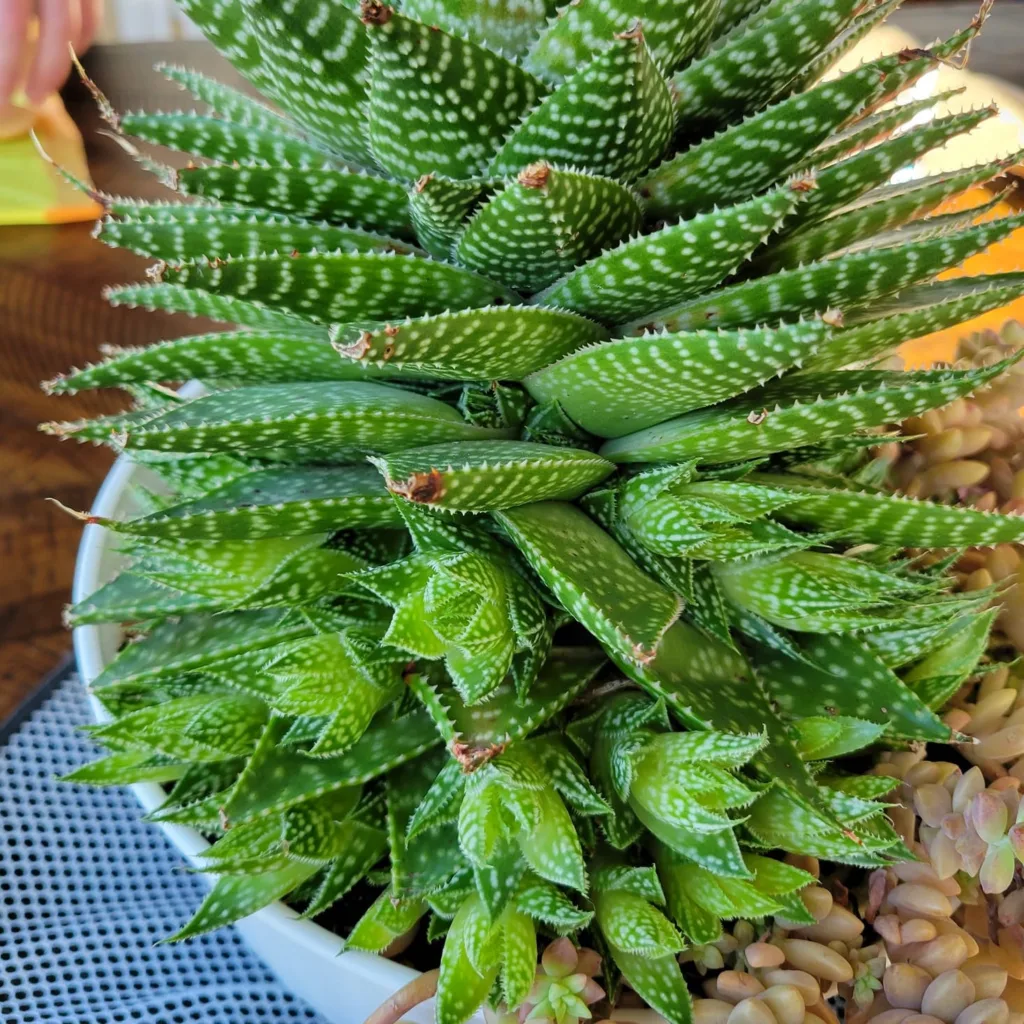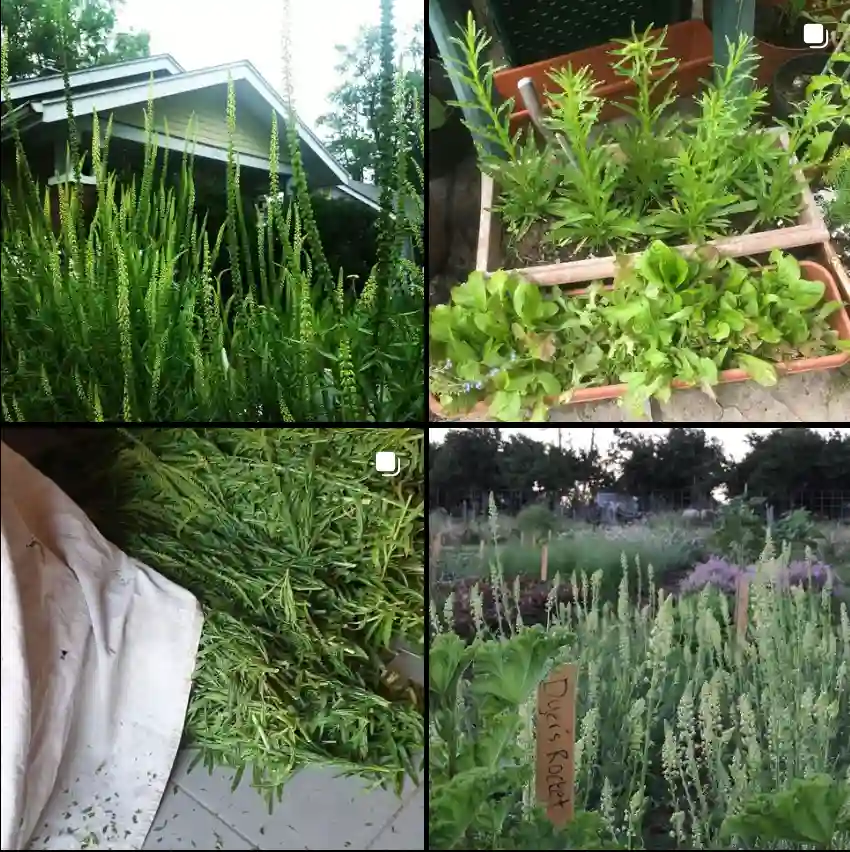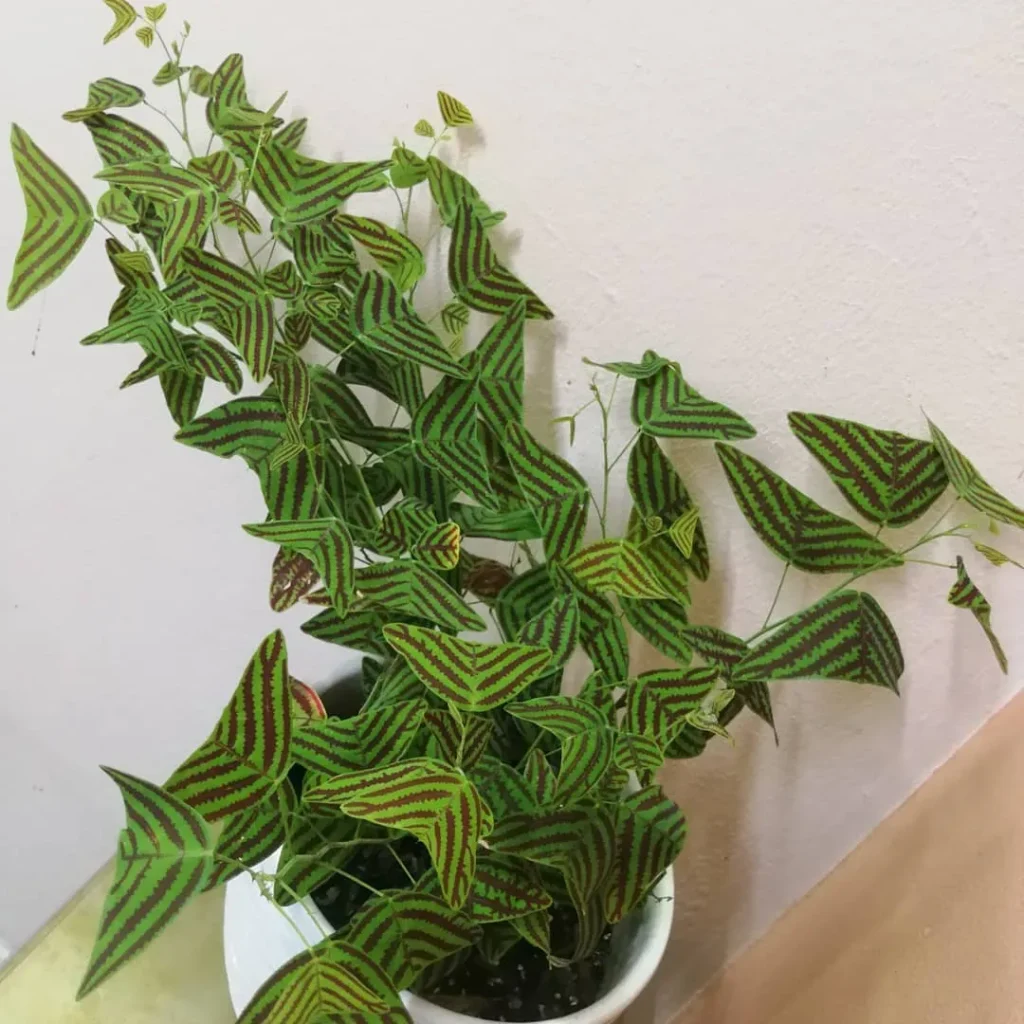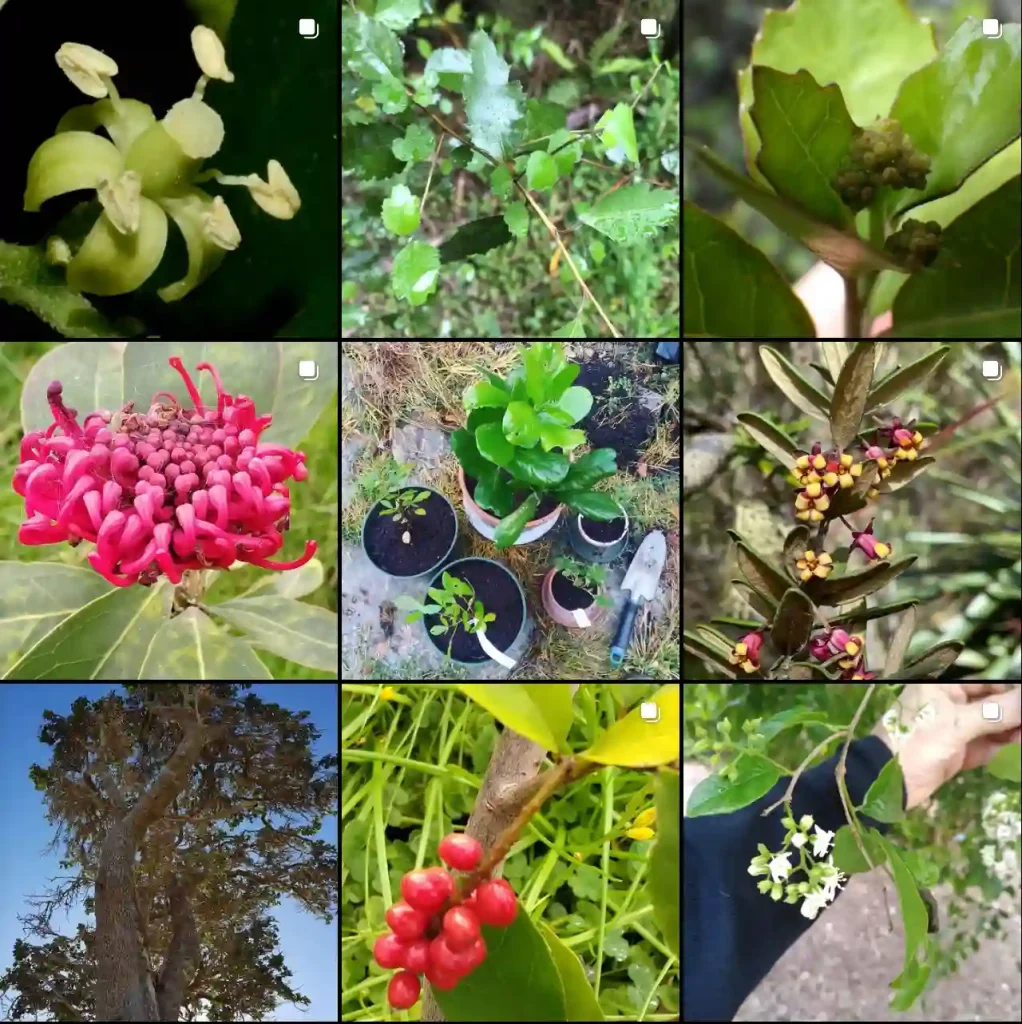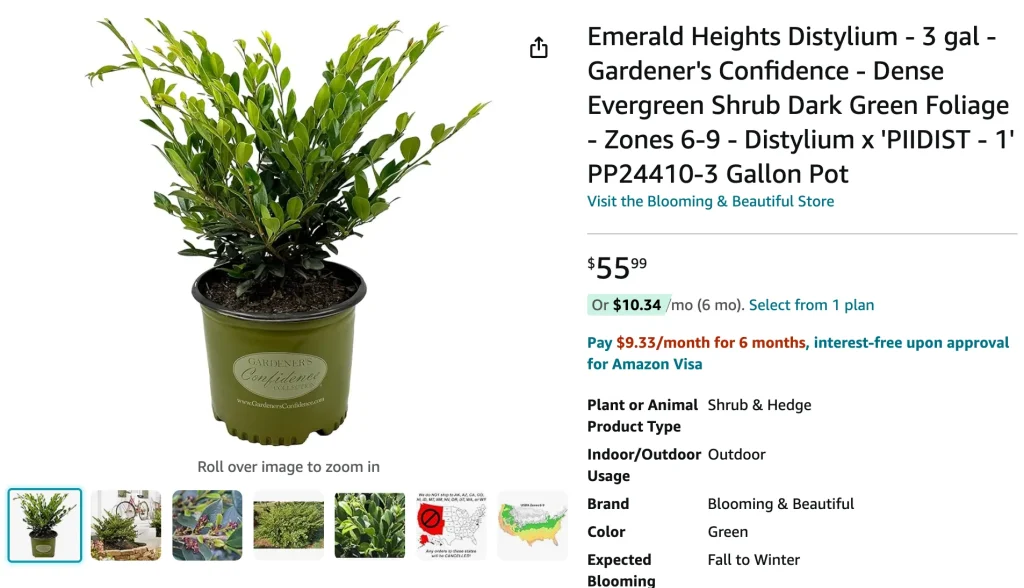
Emerald Heights Distylium: Everything You Need to Know
As someone deeply immersed in the world of gardening and landscape design, I’m excited to share my experiences with Emerald Heights Distylium. This evergreen shrub has won my admiration for its versatility and beauty. Here’s a comprehensive guide to everything you might want to know about this plant.
16 Species in Genus Distylium
What is Emerald Heights Distylium?
Emerald Heights Distylium is an evergreen shrub that stands out for its glossy, dark green leaves and its compact, rounded form. It belongs to the witchhazel family, Hamamelidaceae, and is known for its low maintenance needs and resilience. This shrub is particularly valued for its ability to thrive in a variety of conditions, making it a popular choice in landscaping.
How to Care for Emerald Heights Distylium?
Taking care of Emerald Heights Distylium is relatively straightforward. Here are some essential tips:
- Light Requirements: This shrub prefers partial to full sun. It can tolerate shade but may not grow as vigorously or produce as dense a foliage in lower light conditions.
- Soil Preferences: It thrives in well-drained soil. While it is adaptable to various soil types, it prefers slightly acidic to neutral pH levels.
- Watering Needs: Regular watering is crucial, especially during the first year as the plant establishes itself. Once established, it is fairly drought-tolerant. However, consistent moisture is ideal for optimal growth.
- Fertilization: Feed your Distylium with a balanced, slow-release fertilizer in the spring. Avoid over-fertilizing, as this can lead to excessive foliage growth and reduced flowering.
- Pruning: Minimal pruning is needed. You can shape the shrub in early spring if necessary, but avoid heavy pruning to maintain its natural form.
How to Propagate Emerald Heights Distylium?
Propagating Emerald Heights Distylium can be done through several methods:
- Cuttings: Take semi-hardwood cuttings in late summer or early fall. Use a rooting hormone to increase the chances of successful rooting. Place the cuttings in a well-draining potting mix and keep them moist until they establish roots.
- Layering: Another method is to use layering. Bend a low-growing branch to the ground, cover it with soil, and keep it moist. Once roots develop, you can cut the new plant from the parent and transplant it.
What to Plant with Emerald Heights Distylium?
Emerald Heights Distylium pairs well with a variety of plants, adding texture and interest to your garden. Here are a few suggestions:
- Ornamental Grasses: Combine it with ornamental grasses like Fountain Grass or Blue Fescue for a contrast in texture and movement.
- Perennials: Plant it alongside perennials such as Daylilies or Hostas to create a diverse garden bed.
- Ground Covers: Use ground covers like Creeping Jenny or Liriope to complement the shrub and cover the soil around it.
- Other Shrubs: It also works well with other shrubs like Boxwood or Holly, creating a layered look in your landscape design.
How to Use Emerald Heights Distylium in Landscaping?
Emerald Heights Distylium is incredibly versatile in landscaping. Here are a few ways you can use it:
- Foundation Planting: Its compact growth makes it ideal for planting around the foundation of homes, where it can provide a neat and polished look.
- Hedges: Use it to create low hedges or borders. Its dense foliage offers excellent privacy and a tidy appearance.
- Mass Planting: For a bold statement, plant Emerald Heights Distylium in groups. This approach provides a lush, green backdrop and adds structure to your garden.
Is Emerald Heights Distylium Toxic?
Emerald Heights Distylium is non-toxic to humans and pets. This makes it a safe choice for gardens where children and animals play. Always remember to avoid consuming any part of the plant, as a general precaution.
Common Pests and Problems
While Emerald Heights Distylium is relatively pest-resistant, it can occasionally face issues:
- Spider Mites: These tiny pests can cause leaf discoloration. Regularly inspect your plant and treat with appropriate miticides if needed.
- Scale Insects: These insects can be controlled with horticultural oils or insecticidal soaps.
- Leaf Spot Diseases: Ensure proper air circulation around the plant to prevent fungal diseases. Avoid overhead watering to reduce the risk of leaf spots.
Conclusion
Emerald Heights Distylium has become one of my favorite shrubs due to its hardy nature, minimal care requirements, and aesthetic appeal. Whether you’re looking to add a touch of evergreen elegance to your garden or need a reliable plant for your landscaping projects, this shrub is a fantastic choice. With the right care and placement, it will thrive and enhance your garden for years to come.
If i die, water my plants!
